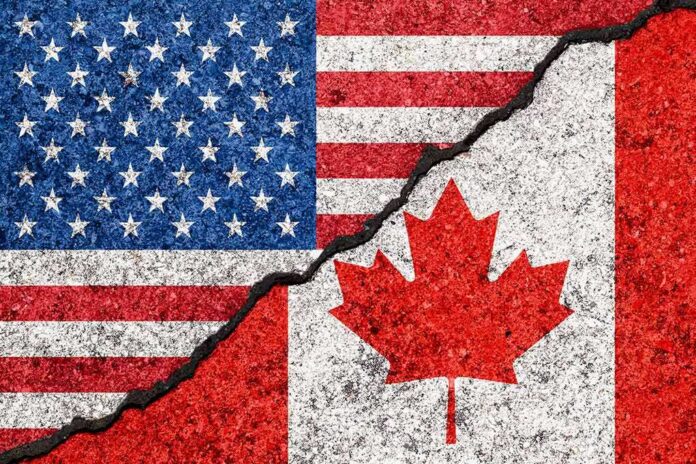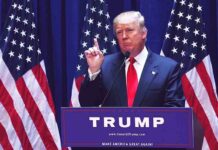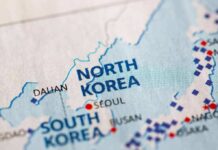
Mark Carney steps into the spotlight as the new leader of Canada’s Liberal Party, tasked with steering the nation amid economic turbulence and trade uncertainties.
Quick Takes
- Mark Carney replaces Justin Trudeau as Canada’s Prime Minister under the Liberal Party.
- Carney’s extensive economic background precedes his political debut.
- Strengthening economic strategies is a key focus under Carney’s leadership.
- Carney contends with U.S. trade tensions and faces upcoming federal elections.
A New Era for Canada’s Liberal Party
Mark Carney rises to prominence, replacing Justin Trudeau as Canada’s new Prime Minister. His appointment comes after securing 85.9% of votes from the Liberal Party, reflecting significant confidence in his leadership capabilities. This transition marks a shift as Canada faces substantial economic challenges. Carney holds no political office, marking him the second leader in Canadian history without a parliamentary seat, which may expedite early federal elections.
With a storied career in central banking, Carney’s economic background is unmatched. As former Governor of the Bank of Canada and the Bank of England, he adeptly managed financial crises, notably the 2008 global downturn and post-Brexit economic jitters. He brings this vast experience to the political arena, striving to build Canada’s resilience against international challenges. His leadership coincides with growing concerns over U.S. trade relations, particularly tariffs.
Economic Focus and Foreign Policy
Carney’s ascent pivots the Liberal agenda toward economic strengthening. Despite lacking traditional political experience, his economic acumen holds global respect. Carney stands as a formidable technocrat, advocating for retaliatory tariffs against U.S. measures and prioritizing economic reforms. “Donald Trump, as we know, has put unjustified tariffs on what we build, on what we sell, on how we make a living,” Carney commented, emphasizing a robust domestic response.
Trade relations with the U.S. take center stage as Canada braces for potential impacts. Carney, a proponent of private-sector leadership, also underscores environmental stewardship while seeking new trade partnerships. His strategy includes investing in housing, capping immigration, and reining in government spending, all aimed at fortifying Canadian infrastructure and welfare. This pragmatic approach may redefine Canada’s national narrative as the nation navigates global shifts.
Political Implications and Future Prospects
Carney’s leadership injects fresh momentum into the Liberal Party, increasingly seen as a diplomatic force capable of addressing international complexities. Despite the optimism, internal and external adversaries loom large. The Conservative Party, under Pierre Poilievre’s leadership, critiques Carney’s alignment with past policies. As Carney’s initiatives unfold, election outcomes will determine the party’s trajectory and potential shifts in opposition dynamics.
Ultimately, Carney’s ability to navigate the economic landscape may define his tenure and the Liberal Party’s fortunes. With the weight of expectations on his shoulders, his leadership could reshape Canada’s political and economic outlook, crafting a legacy amid a landscape of challenges and opportunities.
Sources:
- Mark Carney set to become Canada’s new prime minister after Justin Trudeau’s resignation – CBS News
- Mark Carney to be Canada’s next prime minister












